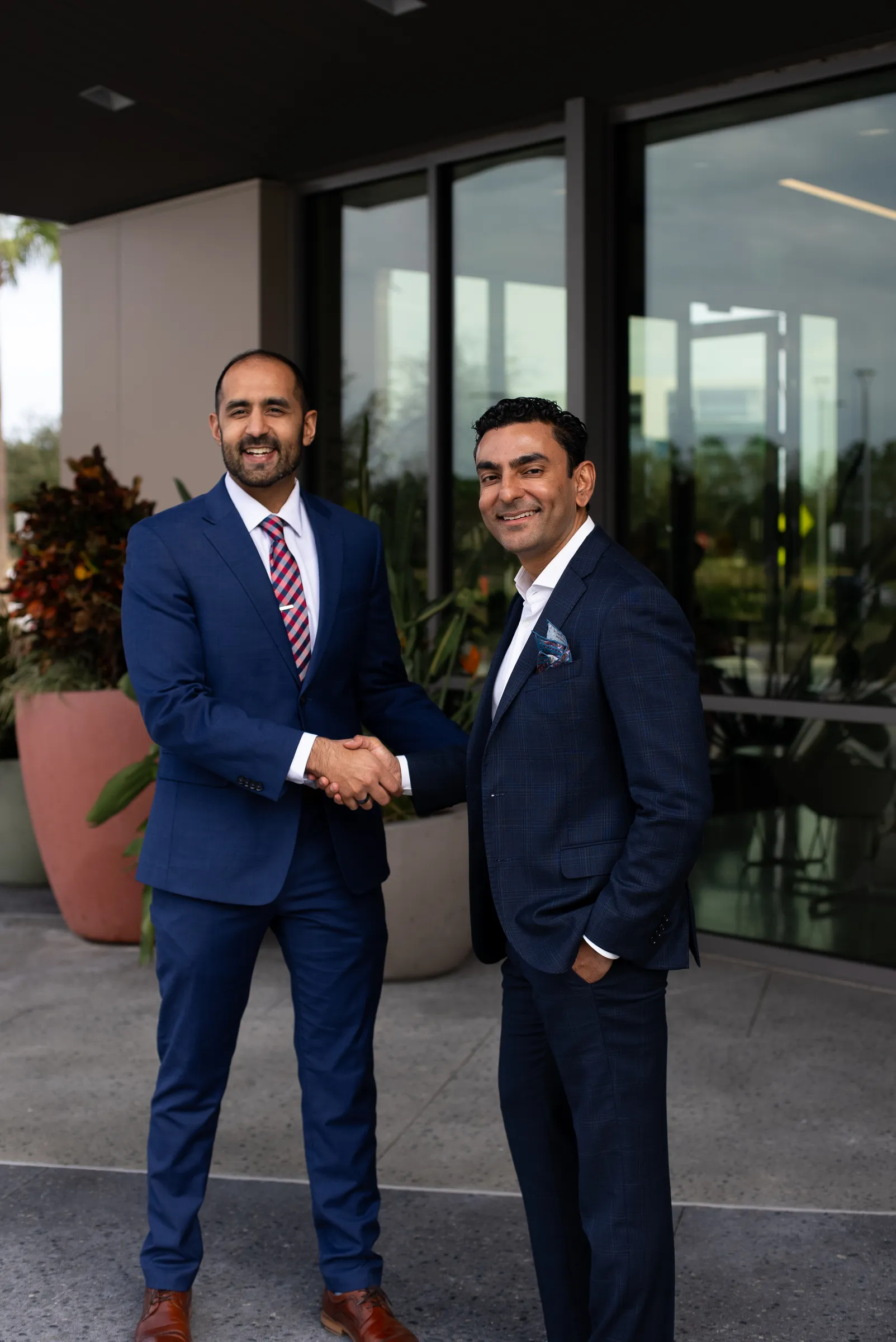
The idea behind reducing wrinkles centers on two key principles:
- Relax overacting facial muscles temporarily with Botox
- Restore lost facial volume that produces prominent lines and folds with dermal or facial fillers.
There are many different types of facial fillers on the market, and they can certainly be confusing! We offer a variety of wrinkle reducing procedures, such as Botox and Fillers, at Lake Nona Ophthalmology’s Med Spa.
What Exactly Are Facial Fillers?
Facial fillers, or dermal fillers, are a series of tiny injections throughout an area of the face for a certain purpose, like wrinkle reduction or a lip augmentation. They have often been referred to as “liquid facelifts” because their results often mirror that of a surgical facelift without the recovery time and lower complication rate.
While these types of procedures are marketed primarily to the female population, men are more often beginning to come in for the procedures as well.
What Types of Facial Fillers Are There?
They have often been referred to as “liquid facelifts” because their results often mirror that of a surgical face-lift without the recovery time and lower complication rate.”
- Hyaluronic Acid (HA) Fillers – these types of fillers have gained most popularity in the past few years simply because of great results, ease of administration, and ability to sculpt and fill volume devoid areas. Our HA Filler of choice is Juvederm because of its smooth texture, long-lasting effect of up to 1 year, comfort of administration as it has anesthetic already mixed in the filler, and consistently great results! Others available include, Restylane, Prevelle, Bolotero, and Hylaform.
- Non-Hyaluronic Acid Fillers – A variety of fillers use substances such as hydroxyapatite, Poly-L-lactice acid, or PMMA, that can last for periods of more than 1 year. We advise that patients become familiar with various fillers prior to transistioning to longer lasting fillers (that may or may not feel natural), such as Radiesse, Sculptra, and ArteFill.
- Human-sourse Fillers: These fillers consist of highly purified fat or collagen for volumizing effect as an injectable. With the advent of newer, safer, and synthetic HA and Non-HA fillers, theses products have fallen out of favor. Examples include, Alloderm, Cosmoderm, Cymetra, and Dermalogen. The duration of effect is six months to one year.
Common Facial Filler Questions
When deciding to proceed with a facial filler, patients can be stressed and anxious about what to expect. To alleviate any concerns, we provide a complimentary consultation to answer all of your questions. To begin however, here are three common questions we’re often asked concerning treatment:
Q: What are the risks of facial dermal fillers?
A: Each filler has its own unique risks associated with it. Risks generally include allergic reactions, bruising, swelling, infections, pain and scar formation. Risks are minimal and may vary depending on the filler used. However, in our experience with Juvederm, most patients report no side effects.
Q: What are facial filler treatments like?
A: Facial fillers are pre-loaded in syringes for use. A topical anesthetic is applied with patients, using local anesthetic as needed. Ice packs are applied and the facial filler is injected into the wrinkle, through a tiny needle, and placed just under your skin. The results are generally immediate.
Q: What can I expect after my treatment with facial fillers?
A: There is no recovery time. You can expect greatly improved wrinkles, softer creases around the mouth with lifting of the corners of the mouth. The treatment site may have a little swelling, which may last 24 to 36 hours. There may be some slight bruising at the injection site, which can be covered with make-up.


